Are you struggling to maximize sales and revenue for your Shopify store in the highly competitive world of e-commerce?
In the quest for success, you may have come across the upselling strategy, which encourages customers to buy higher-priced or upgraded products. However, have you explored the untapped potential of downselling to boost your store’s profitability?
In this blog post, we will delve into the power of downselling in the context of Shopify.
What is down selling?
Downselling in Shopify refers to the strategic sales approach of offering customers a lower-priced alternative when they decline a higher-priced or initial offer. This technique is aimed at retaining customers who might hesitate to make a purchase due to cost concerns or other reasons. By presenting an attractive alternative that meets their needs and budget, downselling encourages customers to make a purchase, preventing them from leaving the store empty-handed.
Difference between upsell and downsell
Upselling involves offering customers a higher-priced or upgraded version of the product they are considering or have already purchased. On the other hand, downselling entails providing customers with a lower-priced or alternative product when they decline a higher-priced option. Both these techniques can double the sales of your Shopify store by focusing on added features and benefits for upselling, and addressing price sensitivity and objections for downselling.
Benefits Of Downselling In Your Shopify Store
Increased conversion rates: Presenting a more affordable option addresses customer concerns, boosting the likelihood of purchase.
Retaining customers: Offering a downsell keeps customers interested, preventing store abandonment.
Enhanced customer satisfaction: Downselling shows understanding of customer needs, leading to positive experiences.
Increased customer lifetime value: Providing a cost-effective alternative fosters higher satisfaction and customer loyalty.
Reduced cart abandonment: Addressing price concerns helps salvage sales from abandoned shopping carts.
Word of mouth: Positive downselling experiences lead to word-of-mouth referrals and a wider customer base.
To know more about the options available in product upsell widget check this iCart upsell guide.
Know Different Types Of Downselling
In your Shopify store, you can employ various downselling techniques to offer compelling alternatives to customers. Some common downselling types include:
Lower-Priced Product: Offer a similar product with a lower price tag to hesitant customers who declined a higher-priced option.
Combine multiple products or services at a discounted price to provide customers with more value and encourage purchases.
Subscription Model: Downsell customers not ready for long-term subscriptions by offering a discounted introductory period or a lower-priced monthly plan.
Effective Downselling Strategies For Your Shopify Store
To increase conversions and revenue, consider implementing these proven downselling strategies:
Offer a Less Expensive Version: Present a more affordable alternative that meets customers’ needs and highlight its value and benefits.
Limited-Time Discounts: Create time-limited discounts for downsell offers to create a sense of urgency and entice customers to make a purchase.
Bundling: Combine complementary products into a discounted bundle to offer more value to customers.
Personalization: Utilize customer data to personalize downsell offers based on their preferences and purchase history.
Order Bump Downselling: Implement order bumps during checkout to offer lower-priced add-ons or supplementary products.
Follow-Up Emails: Send follow-up emails to customers who abandon their carts or decline higher-priced offers, reminding them of downsell options.
Remarketing Campaigns: Utilize remarketing campaigns to reach out to customers who showed interest in specific products but did not complete the purchase.
Optimize Your Shopify Store’s Revenue With Downselling
Exploring the Psychology Behind Downselling
Customer Behavior Insights:
Unraveling the psychology behind downselling offers valuable insights into customer decision-making. Customers often decline higher-priced offers due to budget constraints or uncertainty.
Addressing Concerns:
By presenting a lower-priced alternative, you directly address these concerns, making the decision-making process more comfortable for customers.
Perceived Value:
Downselling operates on the principle of perceived value. When customers feel they’re getting a product that aligns with their budget, they’re more inclined to make a purchase.
Reciprocity Principle:
This psychological strategy leverages reciprocity – providing value to customers prompts them to reciprocate by making a purchase.
Customer-Centric Approach:
Downselling underscores your store’s customer-centric approach. Offering alternatives for varying budgets demonstrates your focus on customer needs over profit maximization.
Positive Experience:
By catering to different budget ranges, you foster a positive customer experience that encourages trust and potential for long-term relationships and repeat business.
Implementing Downselling in Your Marketing Strategy
Segmentation:
Analyze your customer base and segment them based on preferences, purchase history, and spending patterns. This allows you to tailor downsell offers that resonate with each segment.
A/B Testing:
Experiment with different downsell offers to identify which ones resonate the most with your customers. A/B testing helps refine your approach and optimize conversion rates.
Personalization:
Leverage customer data to personalize downsell offers. Use their browsing history and previous purchases to suggest relevant alternatives.
Strategic Timing:
Present downsell offers at the right moment in the customer journey. For instance, offering a downsell when a customer abandons their cart can help recover potentially lost sales.
Clear Communication:
Clearly communicate the value of the downsell offer. Highlight how the alternative product meets their needs and offers benefits.
Post-Purchase Upselling:
After a successful downsell, consider utilizing upselling techniques to encourage customers to explore higher-priced options in the future.
Conclusion
Downselling is a powerful technique that can boost sales and generate more revenue in your Shopify store. By presenting compelling downsell offers, you can retain customers who may have declined higher-priced options. Prioritize delivering value and providing customers with enticing alternatives to foster trust, increase lifetime value, and encourage repeat purchases. Start implementing downselling in your Shopify store to witness its positive impact on your bottom line.
FAQs
1. What is a down selling?
A down selling is a strategic sales technique where, instead of losing a potential customer who declines a higher-priced product or service, you offer them a more affordable alternative.
2. How can downselling help me earn more in my Shopify store?
Downselling can help you earn more by providing alternative options to customers who may be hesitant to make a purchase at the original price point.
3. How do I identify downsell opportunities in my Shopify store?
To identify downsell opportunities, analyze customer behavior, preferences, and purchase history.
4. Will downselling negatively impact customer satisfaction?
When done right, downselling can actually enhance customer satisfaction.
5. How do I measure the success of my downselling efforts in Shopify?
Measure the success of your downselling efforts by tracking metrics such as conversion rates, average order value, customer feedback, and repeat purchases.


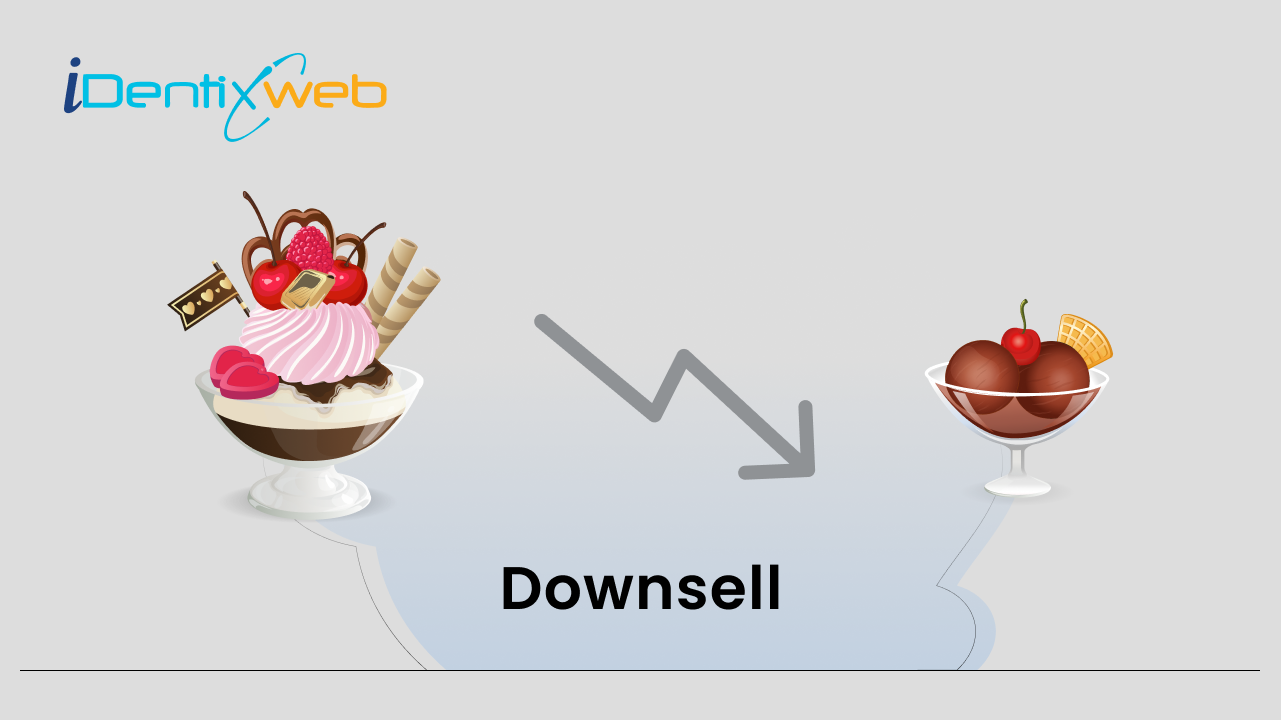




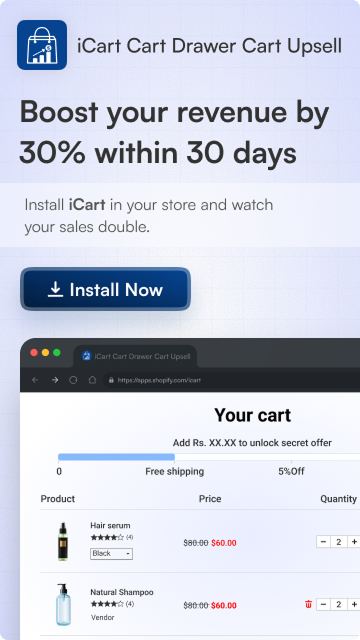

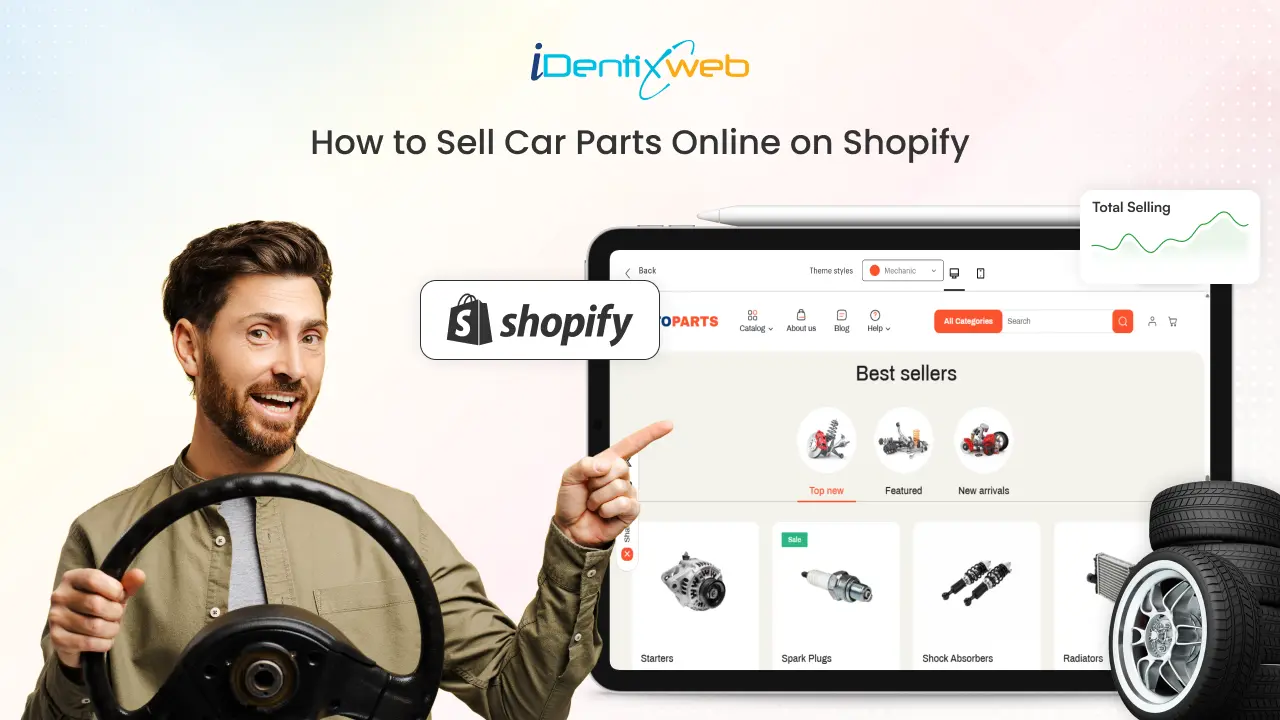
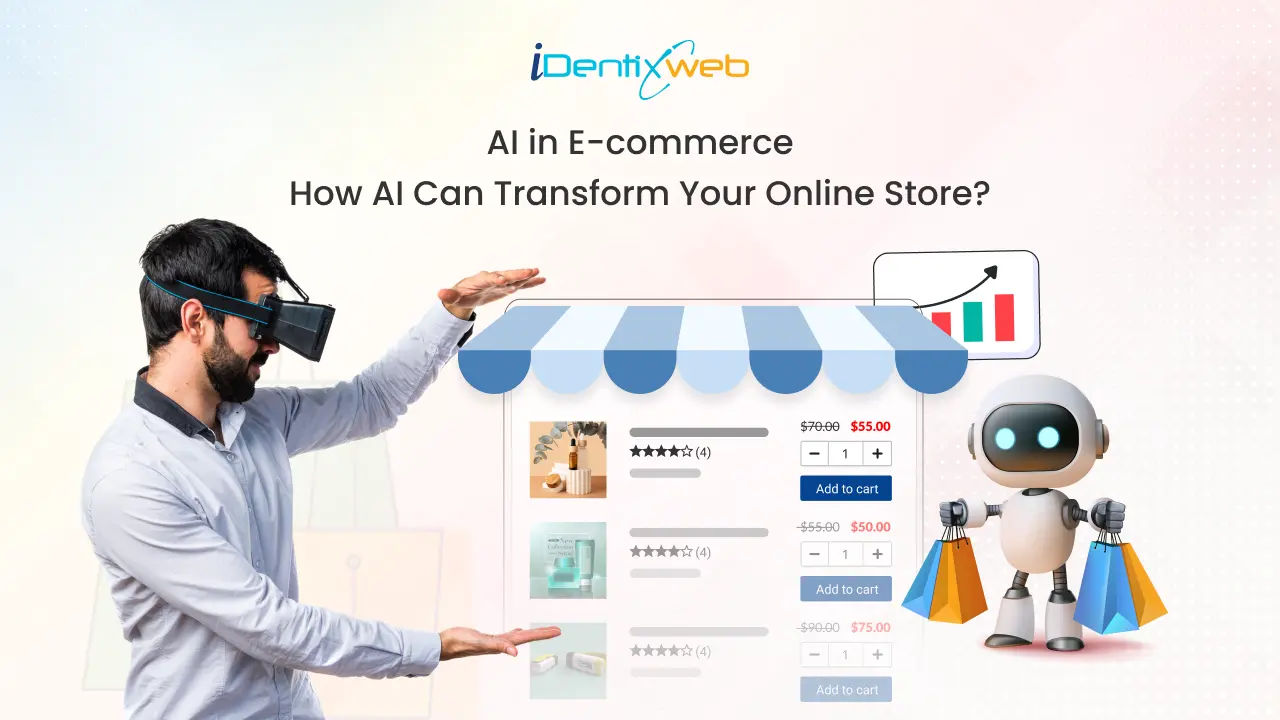
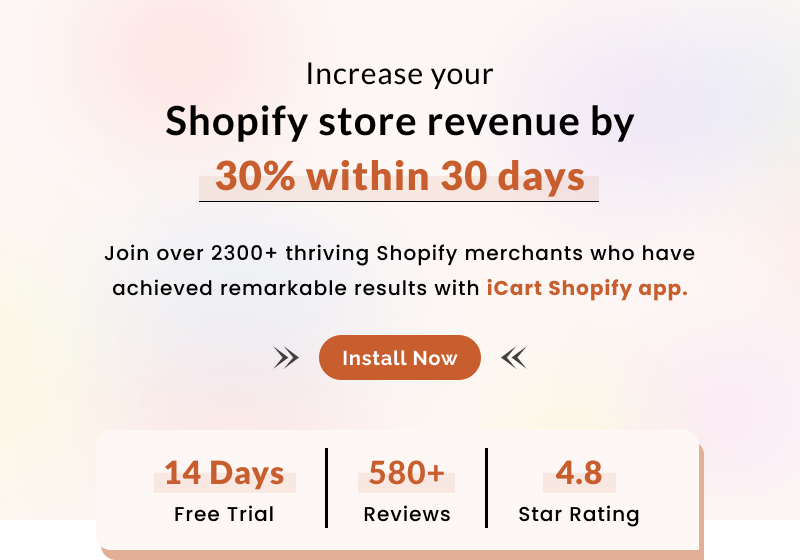
About the author
Sajini Annie John
Meet Sajini, a seasoned technical content writer with a passion for e-commerce and expertise in Shopify. She is committed to helping online businesses to thrive through the power of well-crafted content.